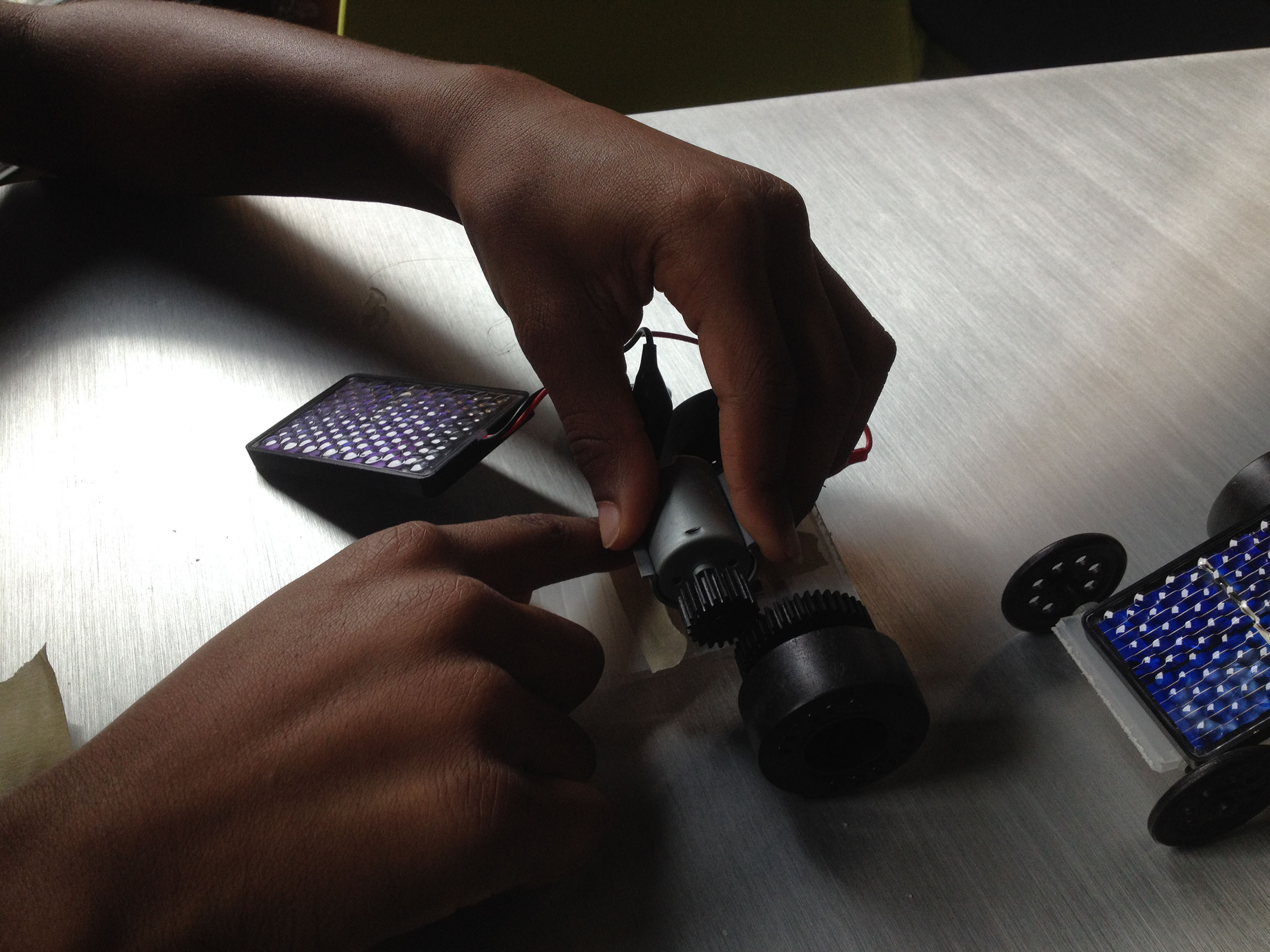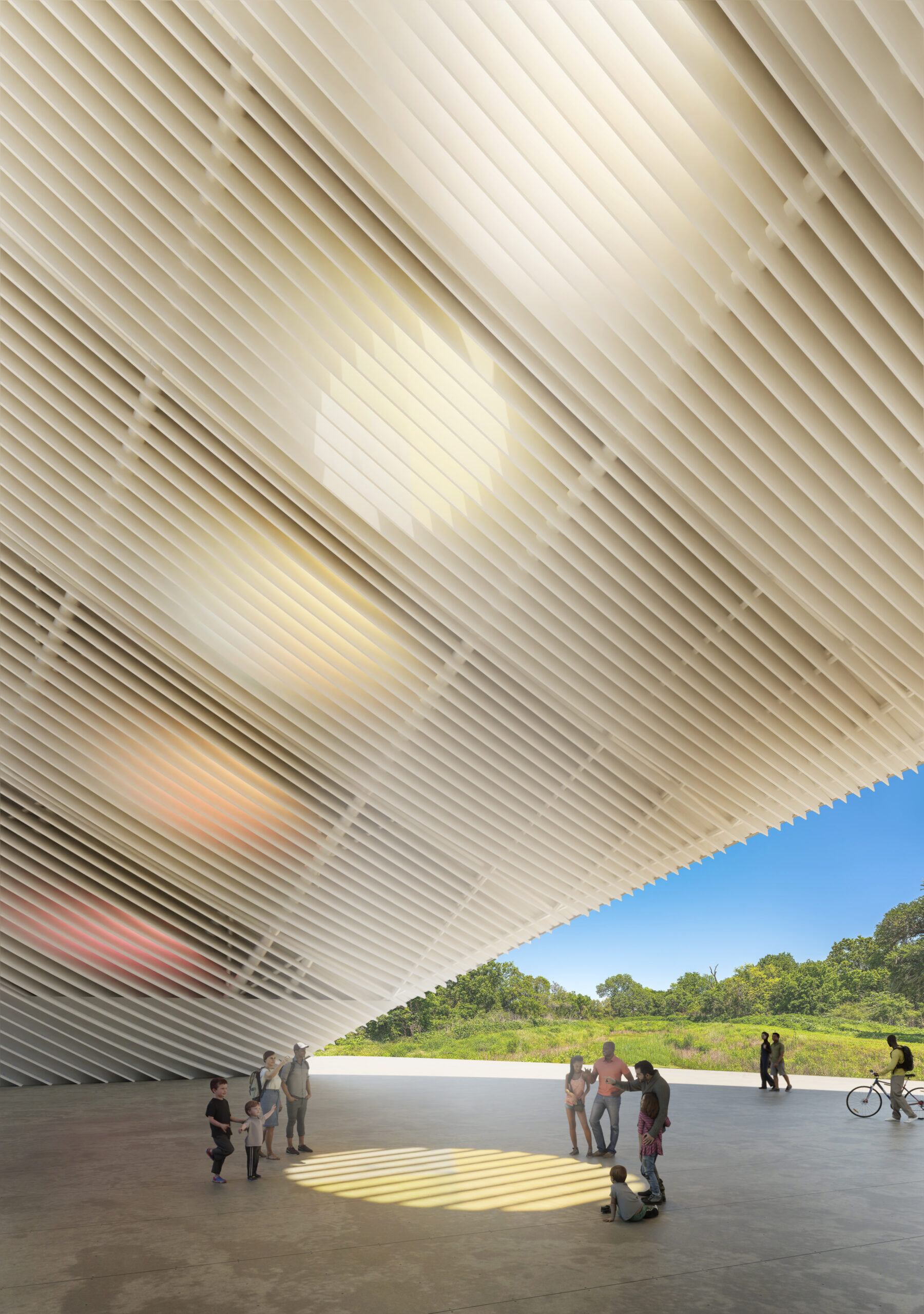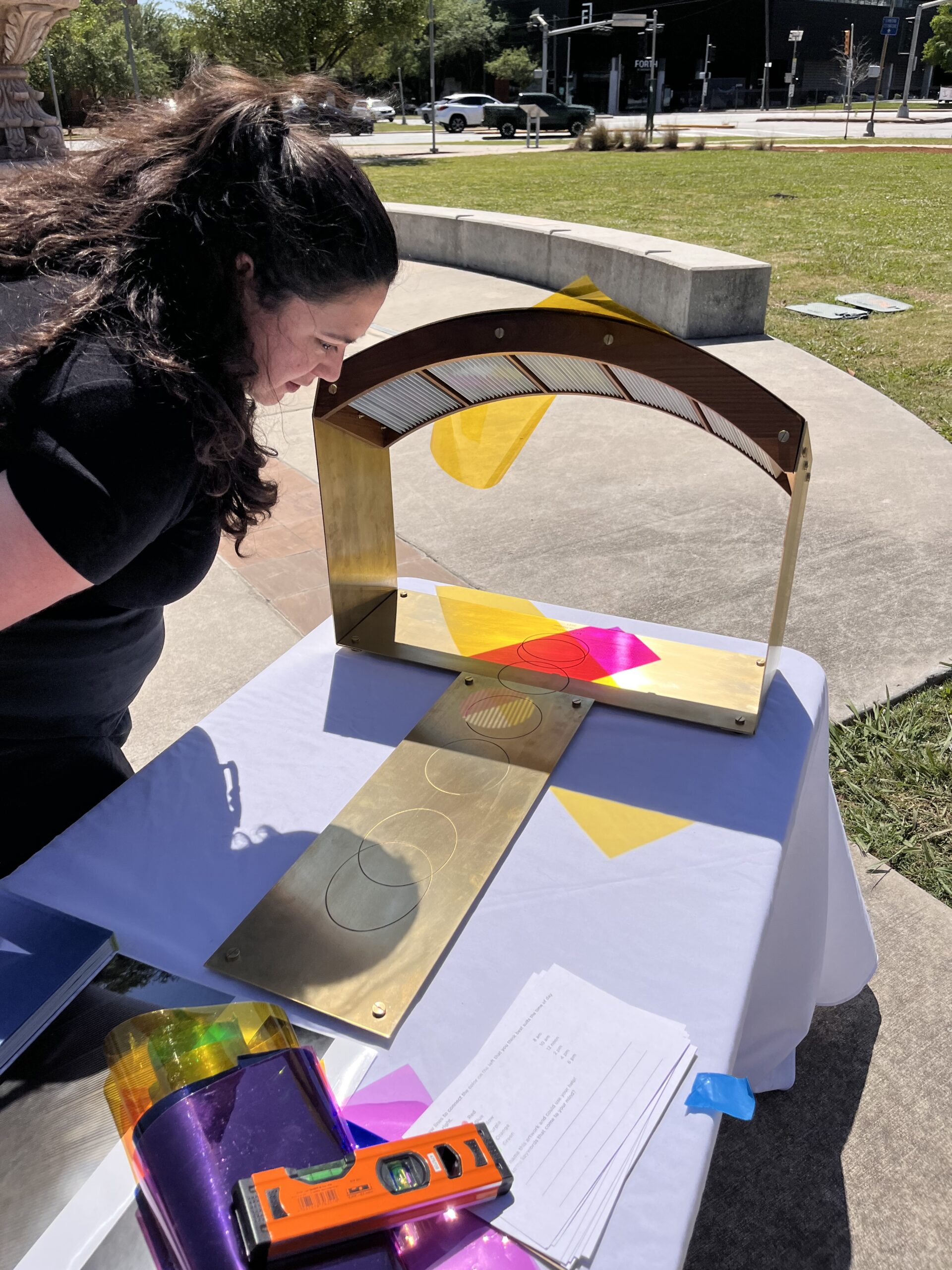As an iconic landmark for Houston, Arch of Time will attract local, national, and international tourists. The artwork will also be a magnet for conferences and will help to attract and retain businesses and talent for Houston. For every person who makes the trip to Houston’s East End to experience the The Arch, dollars will be spent on hotels, dinners, services, and merchandise.
Comparable projects with beneficial economic impacts include Cloud Gate in Chicago, which has been estimated to contribute $1.4 billion annually in tourism-related revenue, benefiting local hospitality and retail sectors.
Another well-studied example is NYC Waterfalls, a temporary project that cost $15.5 million to develop (in 2008 dollars) and which brought in $53 million in direct and indirect economic impact during the four months it was installed (source: NYCEDC).
Learn more about the “Economic Power of Public Art” with a report from CODAworx.
The Arch of Time will return on its investment in multifaceted ways.
Energy
400,000 kilowatt-hours of clean electricity every year (more than $3 million value over 30 years). This is enough electricity to power all of Mason Park.
Annual Visitors
Estimated to be as many as 500,000 per year.
Carbon Offset
Avoided CO2 over the life of the artwork (nearly $4 million value over 30 years per EPA).
Visitor Spending
If each visitor spends an average of $100 on dining, shopping, lodging, and other activities, this would result in an annual economic impact of $50 million, a payback period of only 6 months on the initial capital investment. A conservative estimate of only 30,000 visitors per year leads to more than $3 million in impact each year.
Economic Impact
Increased visits to Houston’s East End neighborhoods are an economic catalyst (between $3 million and $50 million per year).
Job Creation
The artwork will create new jobs in Houston in addition to the direct and indirect impacts during fabrication and construction and from increased tourism during operations.





